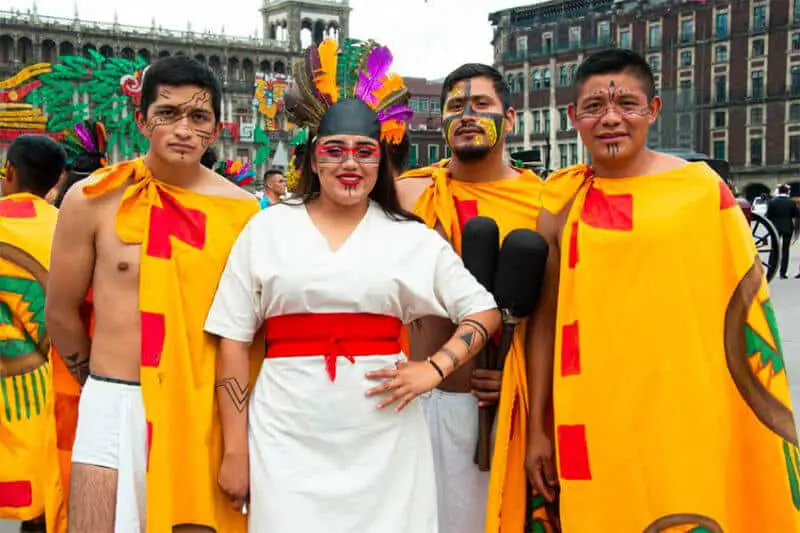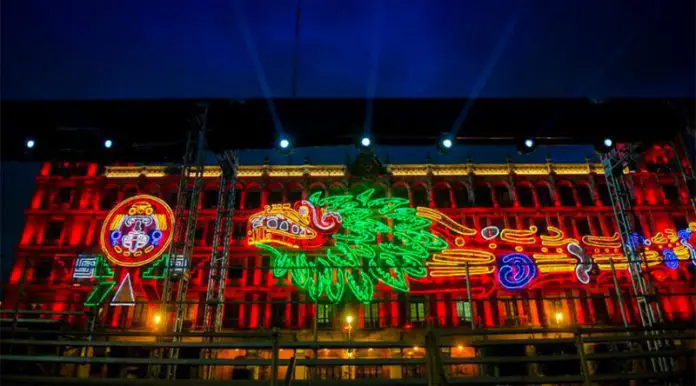Fireworks, theater, the pope and U.S. President Joe Biden all formed parts of celebration of 200 years of independence in Mexico City Monday.
The capital’s central square was taken over for the ceremonies, the same location where the rebel army had marched two centuries earlier before declaring independence the following day. In fact, the best known date for Mexico’s liberation from Spain is September 15, day of “El Grito,” which marks the beginning of the struggle 11 years earlier, but the ceremony to mark the 200th anniversary was larger in scale this year.
Pope Francis sent a message marking the occasion, urging the importance “to recognize the very painful errors committed in the past.” President López Obrador had sent a letter to the pope and the Spanish royal family in 2019 asking for an apology for the wrongs of the conquest. The pope’s contrite message partially responds to the president’s appeal, which was rejected outright by Spain.
The president called Pope Francis a “true Christian, a defender of the poor … who with profound humility recognizes the errors of the past.”
A message from U.S. President Joe Biden was projected after he declined an invitation to attend the event. He said the United States had “no closer friend than Mexico.”

“From the earliest days of our nations, the people of Mexico and the United States have shared a strong bond, united by our shared values, and our shared aspirations … throughout our history, we’ve learned that we’re stronger when we come together as neighbors, partners and friends,” he added.
The evening culminated in a more than hour long large scale theatrical piece involving many dozens of soldiers, dancers and actors, telling the story of the independence movement in seven stages.
The first stage depicted the pre-Hispanic period until Spain established political control. The second showed “El Grito” when Miguel Hidalgo, a priest from Guanajuato, inspired a revolt. The third stage portrayed José María Morelos writing his essay “Sentiments of the Nation.”
The fourth represented the Plan of Iguala, a proclamation for Mexico to become a constitutional monarchy with Catholicism as the sole religion. The fifth showed the Treaty of Córdoba in which Spain effectively accepted independence, followed by the entrance of the rebel army into the zócalo. The final scene was the signing of the Independence Act on September 28, 1821.
The celebration concluded with a fireworks display.

